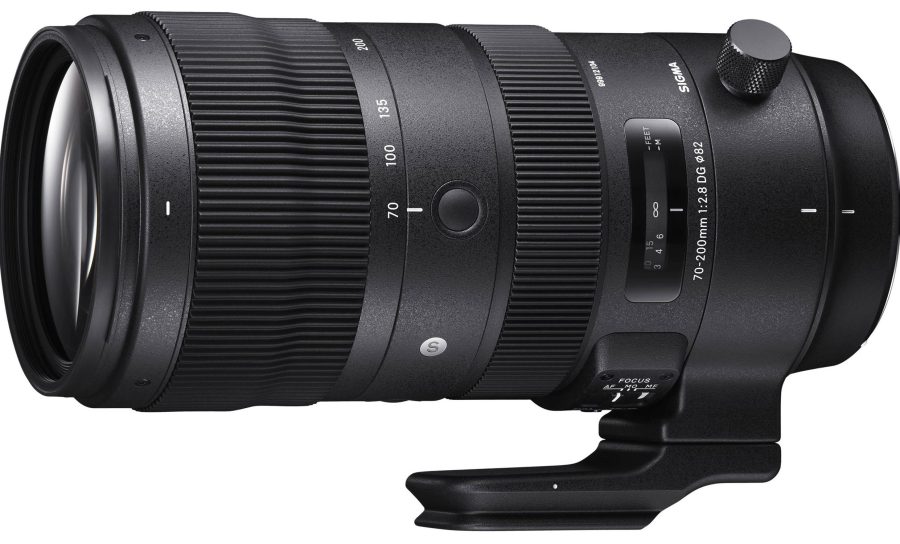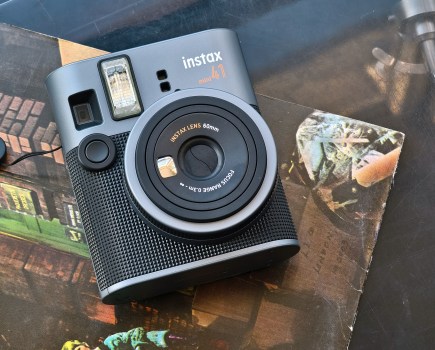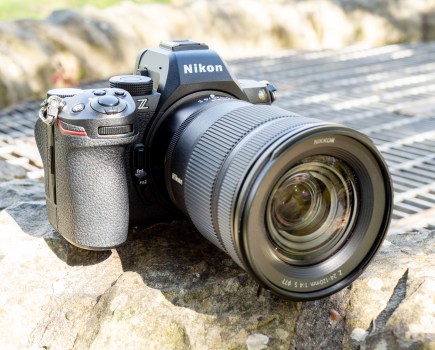We’ve had the opportunity to test a lot of lenses over the past 12 months. These are the best lenses we’ve had the pleasure to shoot with this year.
Fujifilm XF16mm F2.8 R WR
● £349 ● www.fujifilm.eu/uk
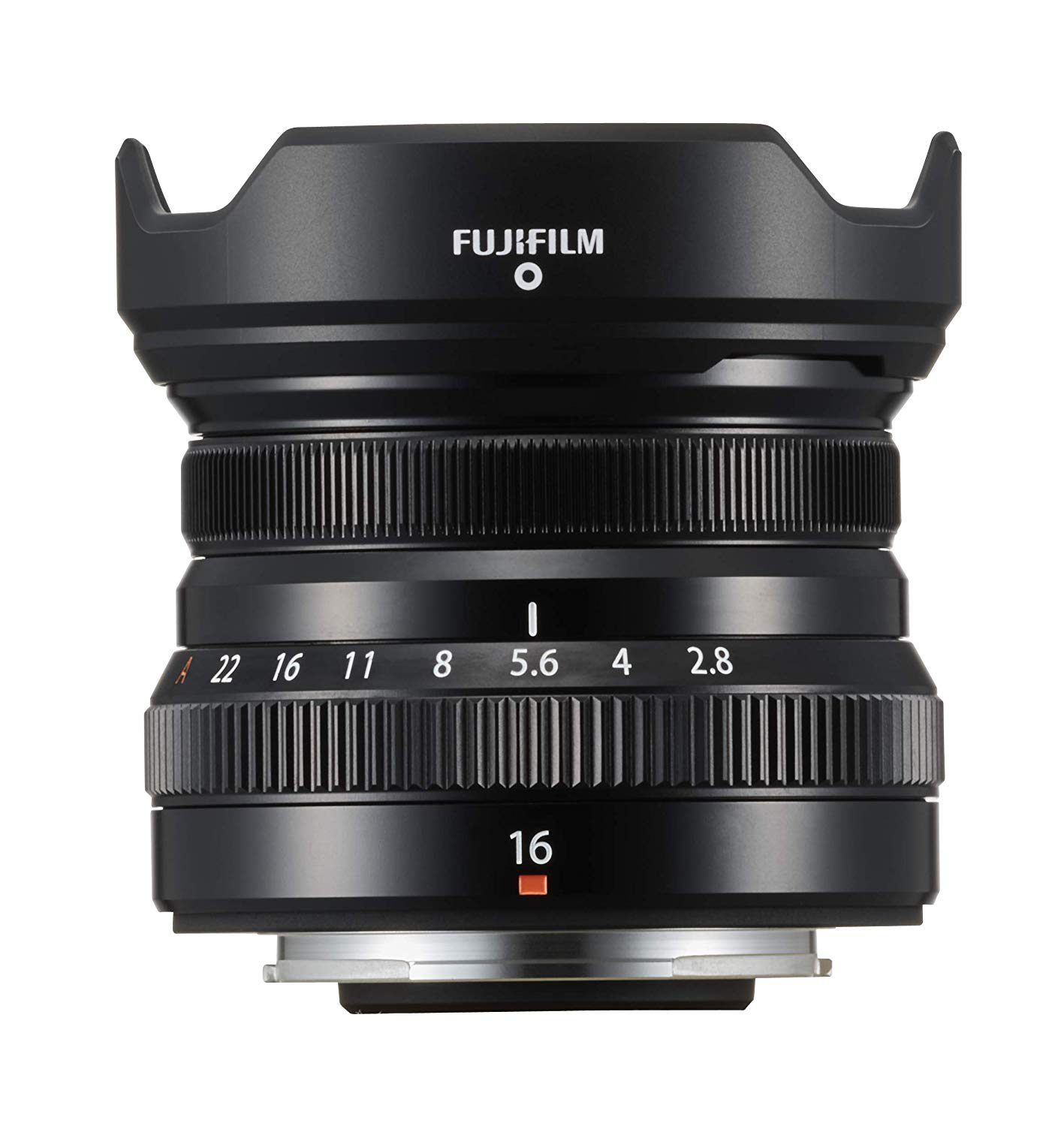
This lens is the second 16mm prime Fujifilm has made for its X-series cameras, after the XF16mm F1.4 R WR. As we’ve seen before with the 23mm f/2 and 35mm f/2 lenses, it’s an affordable alternative to the firm’s larger and faster primes.
Equivalent to 24mm in 35mm terms, its petite size sees it pair up very nicely with the smallest models in the X-series such as the X-T100 and X-T30. It looks great coupled to Fujifilm’s premium X-series models such as the X-T3 or X-Pro 3, too, and backs up its good aesthetics with an excellent feel to the aperture and focus rings. Added to this, it has a robust metal exterior and the WR abbreviation in its name indicates it’s weather resistant.
During our testing we observed that it goes about its business of focusing a little more quietly than Fujifilm’s XF16mm F1.4 R WR and is also less prone to hunting. As you might expect, the larger and more expensive XF16mm F1.4 R WR is optically superior in terms of sharpness. However, we’re looking at a lens that delivers respectable image quality, with the best edge-to-edge performance located between f/4 and f/5.6.
Fujifilm users who’d like to keep their set-up as light and compact as possible when travelling or heading out with a camera and single lens will fall in love with this prime very quickly. It represents good value, too. Add this lens and the excellent XF50mm F2 R WR to your kit, and you’ll end up spending less than if you were to buy the XF16mm F1.4 R WR on its own.
What we like
● Good saving to be made over the XF16mm F1.4 R WR
● 17cm minimum focus distance
● Lovely feel to both the aperture and focus rings
Recommended 4.5/5
Sony FE 35mm F1.8
● £629 ● www.sony.co.uk

This is the third 35mm prime in Sony’s FE line-up, following on from the tiny f/2.8 lens that appeared alongside the original Alpha 7 and 7R in 2013, and the huge, premium f/1.4 offering of 2015. Of the three, it offers the best balance of size, weight, and optical quality, while also being the most affordable.
At 73mm in length and 280g in weight, the FE 35mm F1.8 is much more compact than the majority of Sony’s full-frame lenses, and a far better match physically to the firm’s full-frame mirrorless bodies.
It can focus as close as 22cm, which gives a higher maximum magnification of 0.24x compared to its f/2.8 and f/1.4 siblings. A physical AF/MF switch is placed on the side of the barrel, along with an AF-stop button that’s programmable from the camera body.
Autofocus is super-fast, near silent and pretty much perfectly accurate. Optical quality is very good indeed, delivering image files that are highly detailed from corner to corner, with minimal distortion and low levels of colour fringing from chromatic aberration. Distant out-of-focus backgrounds are rendered with a very attractive blur, too.
Overall, this is a fine little lens and a great match for Sony’s range of compact full-frame mirrorless camera bodies. It’s small, light and weather sealed, yet still provides impressive image quality and near-instantaneous autofocus.
Some might question why you’d pay £630 for a lens that’s ‘only’ f/1.8, but the reality is that you’re getting seriously high-end performance here. It deserves to be on many an Alpha 7 user’s Christmas list.
What we like
● Compact and lightweight
● Excellent optics
● Splash-proof construction
Recommended 4.5/5
Zeiss Batis 40mm F2 CF
● £1,149 ● www.zeiss.co.uk

There’s no getting away from the fact that the Zeiss’s latest autofocus prime in its Batis line-up for Sony full-frame mirrorless cameras is both bulky, and extremely expensive for an f/2 lens. Some photographers may also be put off by the unusual focal length, which is far less common than either of its 35mm or 50mm neighbours.
But to dismiss the Zeiss Batis 40mm F2 CF on any of these grounds would be a huge mistake, because it’s a truly wonderful standard lens that’s a fantastic match for Sony Alpha 7-series cameras.
So what makes this lens so special? First and foremost, the image quality it delivers is about as close to flawless as you could hope, with superb detail rendition and minimal aberrations. Its close-up shooting ability, with a 24cm minimum-focus distance that gives one-third life-size magnification, is really handy, too. On top of this, the build quality is superb, with a sturdy weather-sealed metal barrel. Autofocus is quick, silent and accurate, while the small OLED panel that displays distance and depth-of-field information is a bonus for manual-focus shooting.
But what about that unfamiliar focal length? As it happens, there’s a hard core of photographers who’ll swear that this represents the ideal standard lens on full-frame, bringing an extremely natural perspective to your images. For those who love shooting with 40mm lenses and the look of the images they produce, this is an absolutely stunning example of the type.
What we like
● Supreme optics
● Handy close-focus feature
● Weather-sealed construction
Recommended 5/5
Sigma 56mm F1.4 DC DN Contemporary
● £359 ● www.sigma-imaging-uk.com
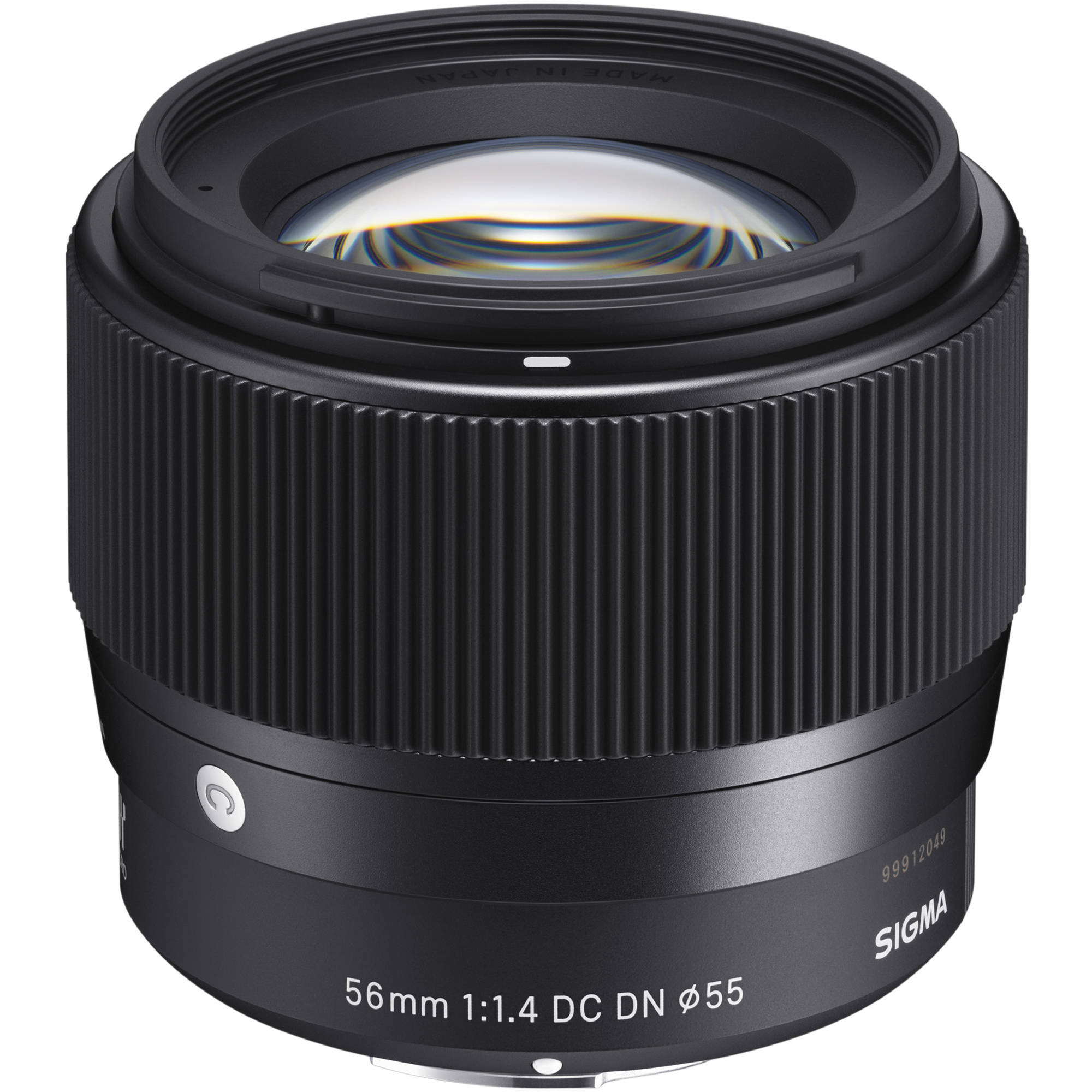
This delightful little prime is a top choice for mirrorless users looking for a fast short-telephoto lens. With the E-mount version being equivalent to 84mm and the Micro Four Thirds version offering 112mm coverage, it’s well matched to applications such as portraiture, reportage and travel photography.
It’s the smallest of Sigma’s three DC DN lenses, weighing just 280g. The optical construction consists of 10 elements in six groups, with one special low dispersion (SLD) glass element and two aspherical elements used to curtail optical aberrations.
In keeping with Sigma’s Contemporary ethos, it delivers a high performance at a sensible price while feeling reassuringly solid and well constructed in the hand. The super-smooth focus ring allows you to make precise manual-focus adjustments, but with no AF/MF switch, you need to select the focus mode via the camera.
The aesthetic out-of-focus specular highlights at wide apertures is particularly pleasing, with nicely rendered circular highlights in the centre of the frame. Cat’s-eye bokeh is observed towards the edge at f/1.4, but this is less pronounced when you stop down. Centre sharpness is good at f/1.4, but stopping down to f/2 and f/4 yields crisper results.
The nature of its size means that it doesn’t dwarf small mirrorless cameras, and those who are after a fast prime that’s neither too heavy or too cumbersome will enjoy the handling and overall experience of using it. For the price and size of the lens, you can’t argue with its image quality.
What we like
● Small and light
● Solid-feeling build
● Very pleasing bokeh
Recommended 4.5/5
Tamron 17-28mm F/2.8 Di III RXD
● £899 ● www.tamron.eu/uk
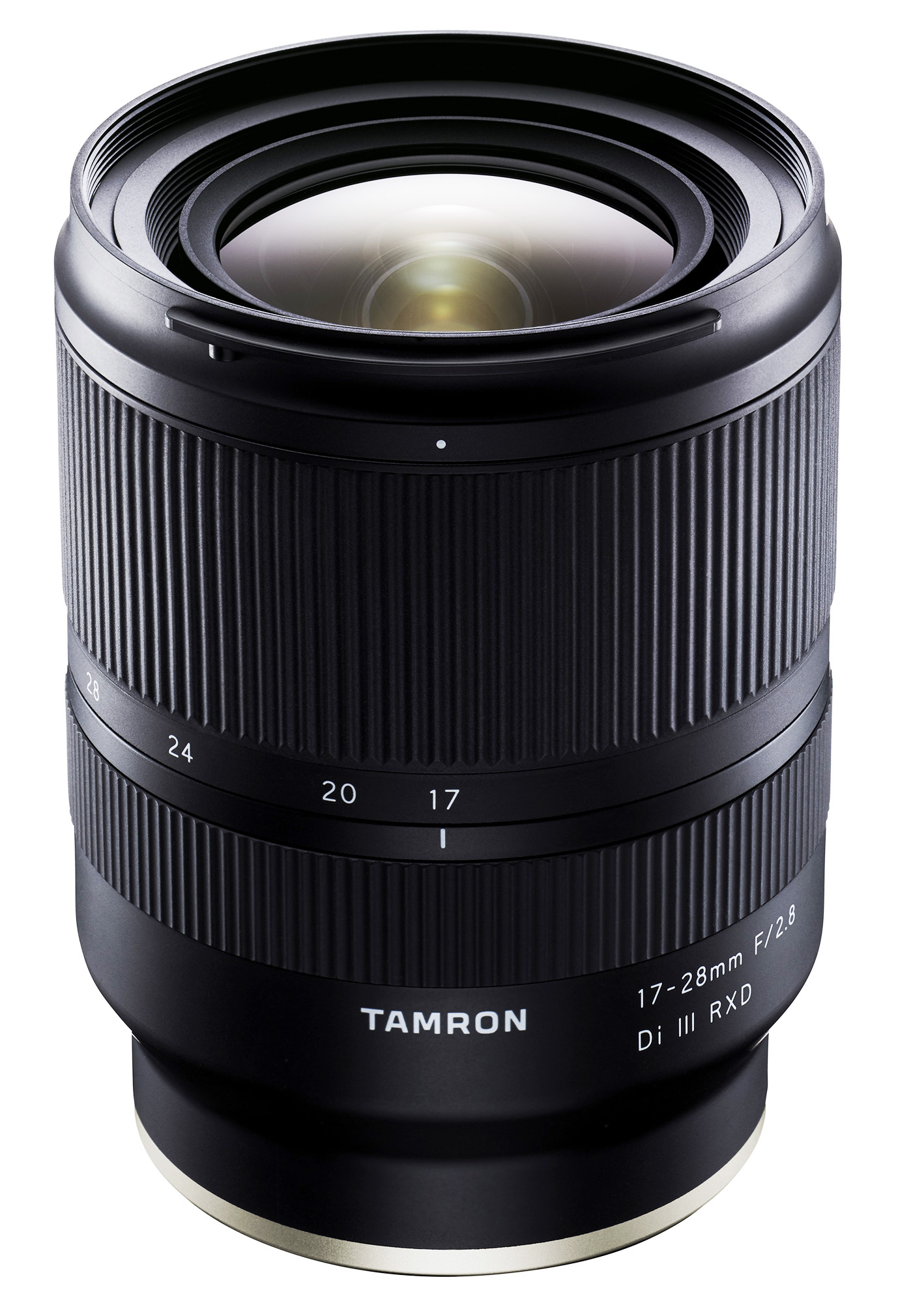
This wideangle zoom for Sony mirrorless cameras maintains much the same design philosophy as Tamron’s highly regarded 28-75mm F/2.8 Di III RXD, being a large-aperture zoom that achieves a compact size by employing a relatively modest focal-length range. This approach makes sense, as most users will surely pair it with a 24mm or 28mm standard zoom.
In fact the 17-28mm is surely the smallest and lightest f/2.8 full-frame wide zoom on the market, weighing in at just 420g. It also uses relatively small 67mm filters, the same size as the 28-75mm f/2.8. As befits a lens that’s ideal for landscape work, the barrel features moisture-resistant construction for shooting outdoors in challenging conditions, with fluorine coating on the front element to repel raindrops and fingerprints alike.
Most importantly, Tamron has succeeded in delivering the optical characteristics that are most valuable for this kind of lens, with high resolution right across the frame even at f/2.8, low distortion, and strong resistance to flare. In addition, the RXD autofocus drive is super fast and essentially silent in operation, and works well for both stills and video. The net result is a lens that delivers excellent images with the minimum of fuss.
Indeed, the Tamron 17-28mm f/2.8 is now arguably the standout choice for Alpha 7 users who are looking for a small, lightweight wideangle zoom. It’s an extremely likeable lens, and landscape photographers in particular should appreciate its finely judged combination of strengths.
What we like
● Bright maximum aperture
● Excellent optical quality
● Compact size and light weight
Recommended 5/5
Olympus M.Zuiko ED 12-200mm F3.5-6.3
● £799 ● www.olympus.co.uk
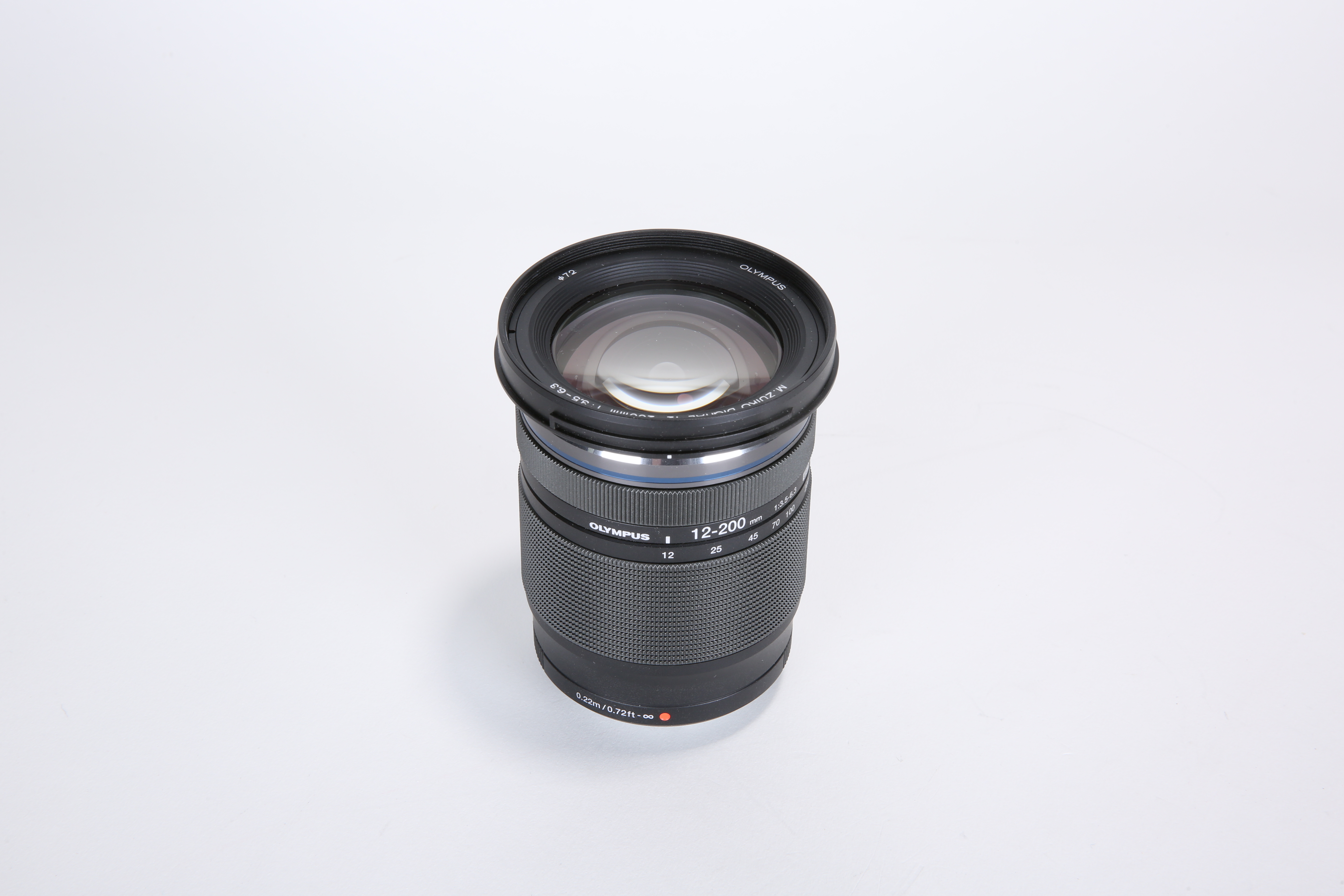
Serious photographers tend to be suspicious of all-in-one lenses, on the grounds that the larger the zoom ratio, the lower the optical quality must be. On that basis, it would be easy to overlook this 24-400mm equivalent, 16.6x superzoom. But Olympus has already shown, with its exceptional 12-100mm F4 IS Pro, that it knows how to make this kind of lens, and in practice, the 12-200mm performs much better than expected.
Indeed for some photographers this might be the perfect lens for travelling light. Its massive range is complemented by impressively short close focus, with a 0.46x equivalent magnification at full zoom. The lightweight plastic barrel benefits from dust- and splash-proof construction, making it a great companion to E-M5-series cameras for shooting outdoors in less-than-perfect weather. This really is a lens that can tackle almost every subject.
In terms of optical quality, this isn’t the best choice for pixel-peepers. Like most superzooms, it’s pretty good at its wider settings, but gets less sharp as you zoom in, and is plain soft at telephoto. So it’s not the best choice if you’re looking for crisp detail corner to corner when viewing your images up-close onscreen. However, thanks to integrated software corrections, images are free of the unsightly distortion and colour fringing that are usually associated with superzooms. For those who value the creative potential of having a huge range of focal lengths in a single lens, it’s a really interesting option.
What we like
● Massive zoom range gives huge compositional flexibility
● Good for close-ups
● Weather-sealed construction
Recommended 4/5
Nikon Z 24-70mm f/2.8 S
● £1,819 ● www.nikon.co.uk

After releasing a couple of f/4 zooms and f/1.8 primes, it’s good to see the first professional f/2.8 lenses starting to arrive for Nikon’s full-frame Z system. Whereas the Z 24-70mm f/4 S is quite compact, with its retracting zoom mechanism, this lens is significantly larger. But it’s still 265g lighter and 28.5mm shorter in length than Nikon’s AF-S 24-70mm f/2.8 E ED VR.
As well as introducing a new multi-layer ARNEO coating to maximise contrast and sharpness when light sources are visible in the frame, it includes a ring to take control of exposure compensation or aperture. The illuminated panel can be set to display focal length, aperture or focus distance information, while the build and finish is deserving of the serious enthusiast and professional users it’s designed for.
Like other camera manufacturers, Nikon has taken the direction of embedding lens-correction profiles into raw files, which are applied automatically by the processing software to eliminate colour fringing and distortion. The gorgeous blur the lens creates behind subjects at wide apertures is nothing short of sublime, and if you insist on the best possible sharpness at the longer end of the zoom, it’s advisable to stop down to at least f/4.
This is a lens that produces outstanding sharpness and contrast, is built to withstand the demands of professional use, and balances beautifully on Nikon’s full-frame Z-series bodies. Advanced features such as the control ring, L-Fn button and information panel are the icing on the cake. Yes, it’s expensive, but it’s also the best Z-mount zoom lens we’ve tested so far.
What we like
● Lighter than Canon and Sony equivalents
● Presents both a focus ring and a control ring
● Features a customisable function button (L-Fn)
Recommended 5/5
Sony FE 200-600mm F5.6-6.3 G OSS
● £1,799 ● www.sony.co.uk
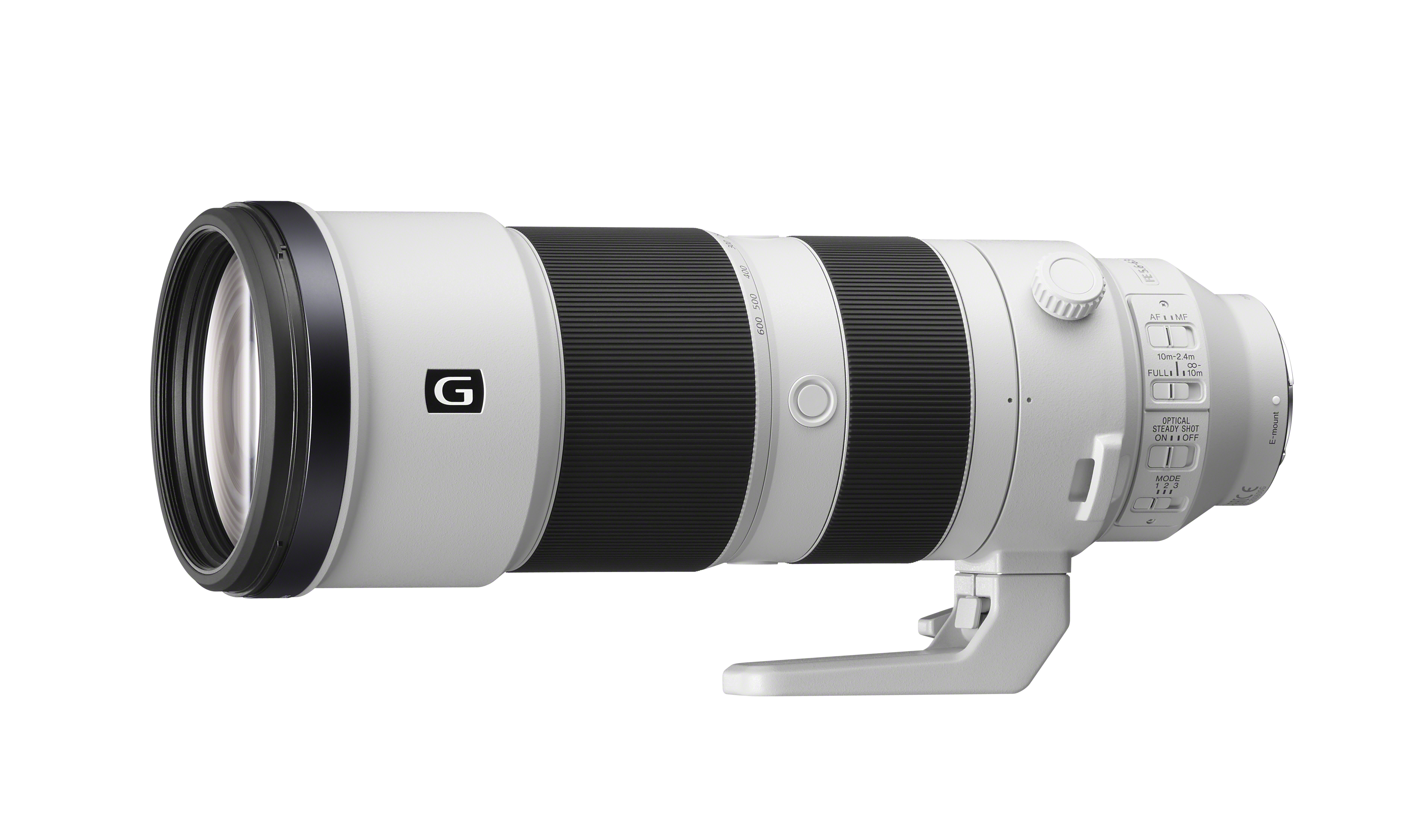
Not only is this the first 600mm zoom made by a major camera company, it’s also the first to feature an internal-zoom design. Just a quarter turn of the zoom ring is needed to progress from 200mm to 600mm, and it’s difficult to overstate just how much of an advantage this becomes when you need to change focal length quickly.
In essence, the FE 200-600mm F5.6-6.3 G OSS is an ultra-telephoto zoom that’s designed for use with Sony’s full-frame mirrorless cameras. Its maximum aperture may look slow, but in practice there’s no penalty in terms of viewfinder brightness or autofocus speed under most shooting conditions. The lens can also be used with APS-C format cameras, on which it will provide a 300-900mm-equivalent range.
While this is a sizeable lens, measuring 31.8cm in length and 11.8cm in diameter, at 2,115g it’s not as heavy as you might expect, thanks to a liberal use of magnesium alloy in the barrel construction. As befits a lens that will overwhelmingly be used outdoors, it includes an array of seals protecting against water and dust from entering the lens. It also comes complete with a smoothly rotating tripod collar.
We haven’t reviewed the lens fully yet, but in our initial shooting we found it to focus quickly and accurately, and deliver sharp images wide open across the full zoom range. It’s a unique optic that’s sure to be very popular with Sony users for subjects such as sports, wildlife, and airshows.
What we like
● Internal zoom mechanism
● Light enough to handhold
● Rapid autofocus
Sigma 60-600mm F4.5-6.3 DG OS HSM Sports
● £1,699 ● www.sigma-imaging-uk.com

Sigma has some exceedingly good telephoto zooms across its Contemporary and Sports ranges, and one that we were left mightily impressed by earlier this year when we put it through its paces was the 60-600mm F4.5-6.3 DG OS HSM.
As with the older Sigma 50-500mm F4.5-6.3 DG OS HSM – a lens that picked up the nickname Bigma over the years for its heavy and thickset body – this 10x optical zoom has an advantage over 150-600mm zooms in that it has a shorter minimum focal length. By merging the focal lengths of a 70-200mm lens and 150-600mm lens into one, it saves you having to swap lenses and lug around two heavy zooms.
There’s a lot to like. The zoom lock can be used at any of the marked focal lengths on the barrel and a sharp twist unlocks it instantly. Its weather-sealed construction is also crucial for those who spend a majority of their time shooting outdoors and it can be turned into an even longer zoom by coupling one of Sigma’s teleconverters between camera body and lens.
It does suffer from barrel distortion at 60mm. However, sharpness wide open at f/4.5 is excellent, both at the centre and the edge. At full telephoto, users can expect to see an improvement in sharpness by stopping down from f/6.3 to f/8 and f/11. Vignetting at wide apertures is obvious, but is easy enough to correct in post.
This is a lens that hits the sweet spot between the old Sigma 50-500mm F4.5-6.3 DG OS HSM not being long enough and the company’s 150-600mm zooms not being wide enough. If it’s too much to buy outright, it can be hired from £53 for a weekend.
What we like
● Zoom can be operated using the push/pull method
● Tripod collar notches into place every 90 degrees
● Impressive centre sharpness wide open at 600mm
Recommended 5/5
Sigma 70-200mm F2.8 DG OS HSM Sports
● £1,199 ● www.sigma-imaging-uk.com

Successor to Sigma’s APO 70-200mm F2.8 EX DG OS HSM, this multipurpose zoom is aimed at keen enthusiasts and working pros who want a lens that’s well matched to a wide range of subjects and situations, from touchline sports and telephoto landscapes to candid portraits at weddings or events.
It presents a big saving over big-brand alternatives, but importantly doesn’t make any compromises in terms of its build or optical quality. It has more of a premium, pro-spec feel to it than Tamron’s SP 70-200mm F/2.8 Di VC USD G2, although it is fairly heavy and weighs 300g more than its closest third-party rival.
Outdoor photographers will love that it’s now weather sealed for when wet weather turns against them, and the three AF function buttons around the barrel can be used to acquire and hold autofocus direct from your left hand that’s supporting it. Sigma’s hypersonic motor (HSM) keeps focus operation fast and quiet, and its optical image stabilisation, which is effective to four stops, does a great job of eliminating hand shake.
It’s a lens that produces sensational sharpness and attractive results. One of its key strengths is the way it controls chromatic aberrations, and by shooting wide open at f/2.8 you’ll be rewarded with a wonderful shallow depth to images that really makes your subjects pop from their surroundings. Its sweet spot of sharpness is found at f/5.6 and vignetting is fairly mild as opposed to severe.
There are lighter 70-200mm f/2.8 lenses out there, but if you can put up with carrying a bit more weight over your shoulder, you’ll get a super-solid and robust performer, which is great value, in return.
What we like
● Rubberised manual-focus and zoom rings
● Compatible with Sigma teleconverters
● Provides two optical-stabilisation modes
Recommended 5/5

